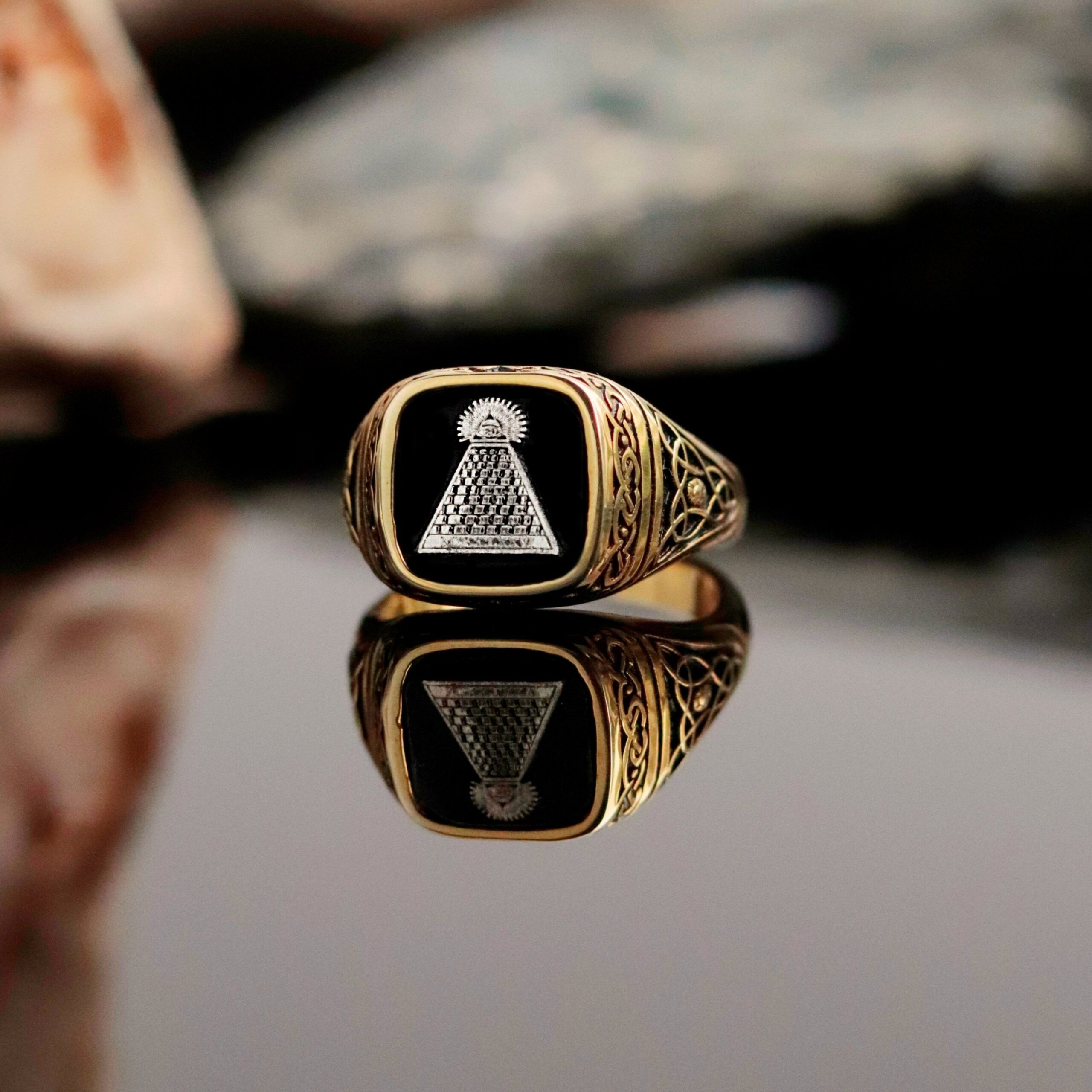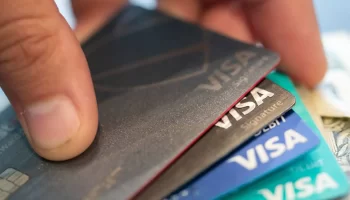A Freemason ring holds significant symbolism and is a cherished emblem of Masonic affiliation. The creation of Masonic rings involves meticulous craftsmanship and the use of specific materials, each carrying symbolic meaning. This overview delves into the craftsmanship and materials that contribute to the creation of Freemason ring, emphasizing the rich symbolism embedded in these iconic pieces.
- Craftsmanship:
- Precision and Attention to Detail:
– Masonic rings are crafted with precision, reflecting the commitment to excellence and attention to detail within Freemasonry.
– Skilled artisans ensure that each element of the ring is meticulously designed and executed.
- Symbolic Engravings:
– Craftsmen engrave intricate Masonic symbols onto the ring, such as the square and compass, pillars, and the letter “G.”
– These engravings hold profound symbolic meanings within Freemasonry, conveying moral and spiritual principles.
- Selection of Materials:
- Precious Metals:
– Freemason rings are often crafted from precious metals such as gold or sterling silver.
– Gold symbolizes purity and durability, reflecting the timeless values of Freemasonry. Sterling silver is valued for its elegance and is often chosen for its affordability.
- Gemstones and Inlays:
– Gemstones, such as onyx or lapis lazuli, are incorporated into Masonic rings for their symbolic significance.
– Inlays of enamel or other materials may be used to enhance the visual appeal of the ring and highlight specific symbols.
- Symbolism in Materials:
- Gold:
– Gold, being a noble metal, represents the nobility of character and the enduring nature of Masonic principles.
– The use of gold in Freemason rings symbolizes purity, virtue, and the immortality of Masonic teachings.
- Silver:
– Sterling silver is chosen for its reflective and illuminating properties.
– The use of silver in Masonic rings symbolizes the pursuit of truth and the Mason’s commitment to self-reflection and enlightenment.
- Gemstones:
– Gemstones carry symbolic meanings; for example, onyx symbolizes strength and lapis lazuli represents wisdom.
– The incorporation of gemstones in Masonic rings adds layers of meaning to the symbols engraved on the ring.
- Customization and Personalization:
- Individual Lodge Symbols:
– Freemasons often have the option to customize their rings with symbols specific to their individual lodges.
– This personalization enhances the significance of the ring and strengthens the bond between the Mason and their lodge.
- Initials and Dates:
– Masonic rings may be further personalized with the inclusion of the Mason’s initials or important dates.
– These additions create a unique and meaningful connection between the Mason and their Masonic journey.
- Legacy and Tradition:
- Passing Down Through Generations:
– Freemason rings often hold deep family significance and are passed down through generations.
– The craftsmanship and materials used in these rings contribute to their durability, allowing them to endure as cherished family heirlooms.
- Preservation of Masonic Legacy:
– The meticulous craftsmanship and thoughtful choice of materials contribute to the preservation of Masonic traditions.
– Masonic rings serve as tangible symbols of the timeless principles upheld by Freemasonry.
Conclusion:
The creation of a Freemason ring involves a harmonious blend of craftsmanship and symbolism. Meticulously crafted with precision, these rings are often made from precious metals and adorned with gemstones, carrying profound symbolic meanings. The customization options allow Freemasons to personalize their rings, strengthening the connection to their individual lodges and Masonic journeys. As enduring symbols of Masonic legacy, Freemason rings exemplify the timeless values and principles upheld by Freemasonry.







